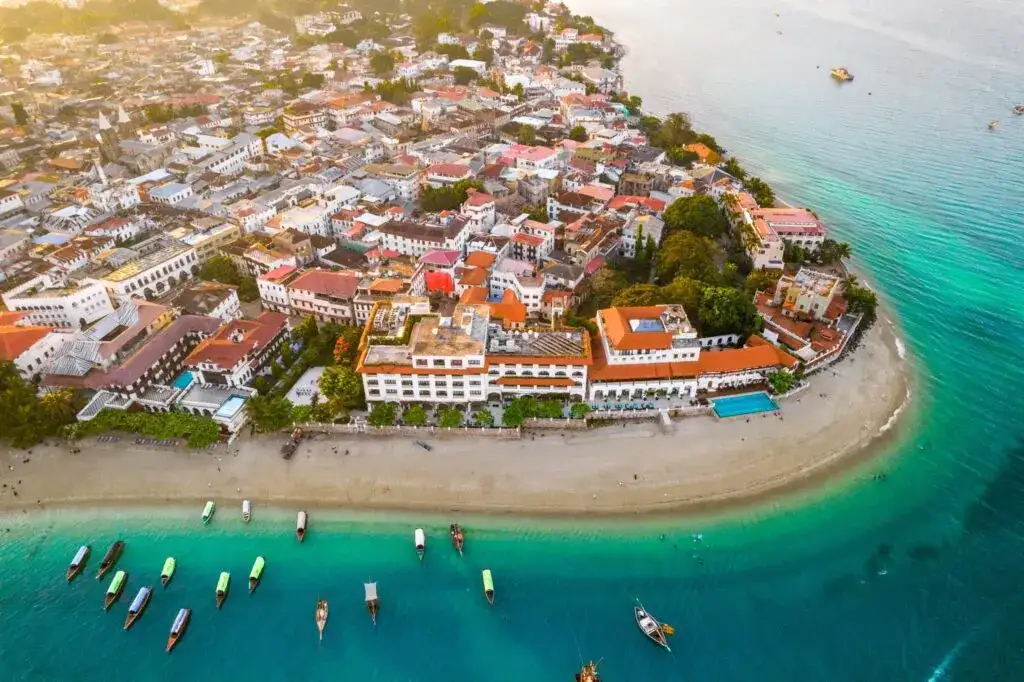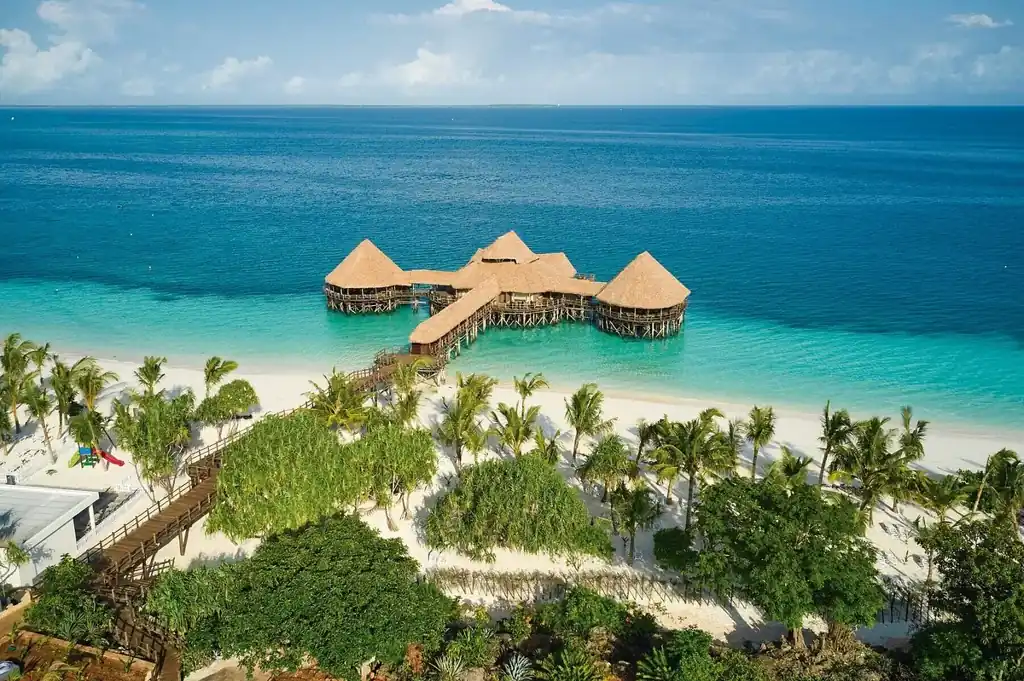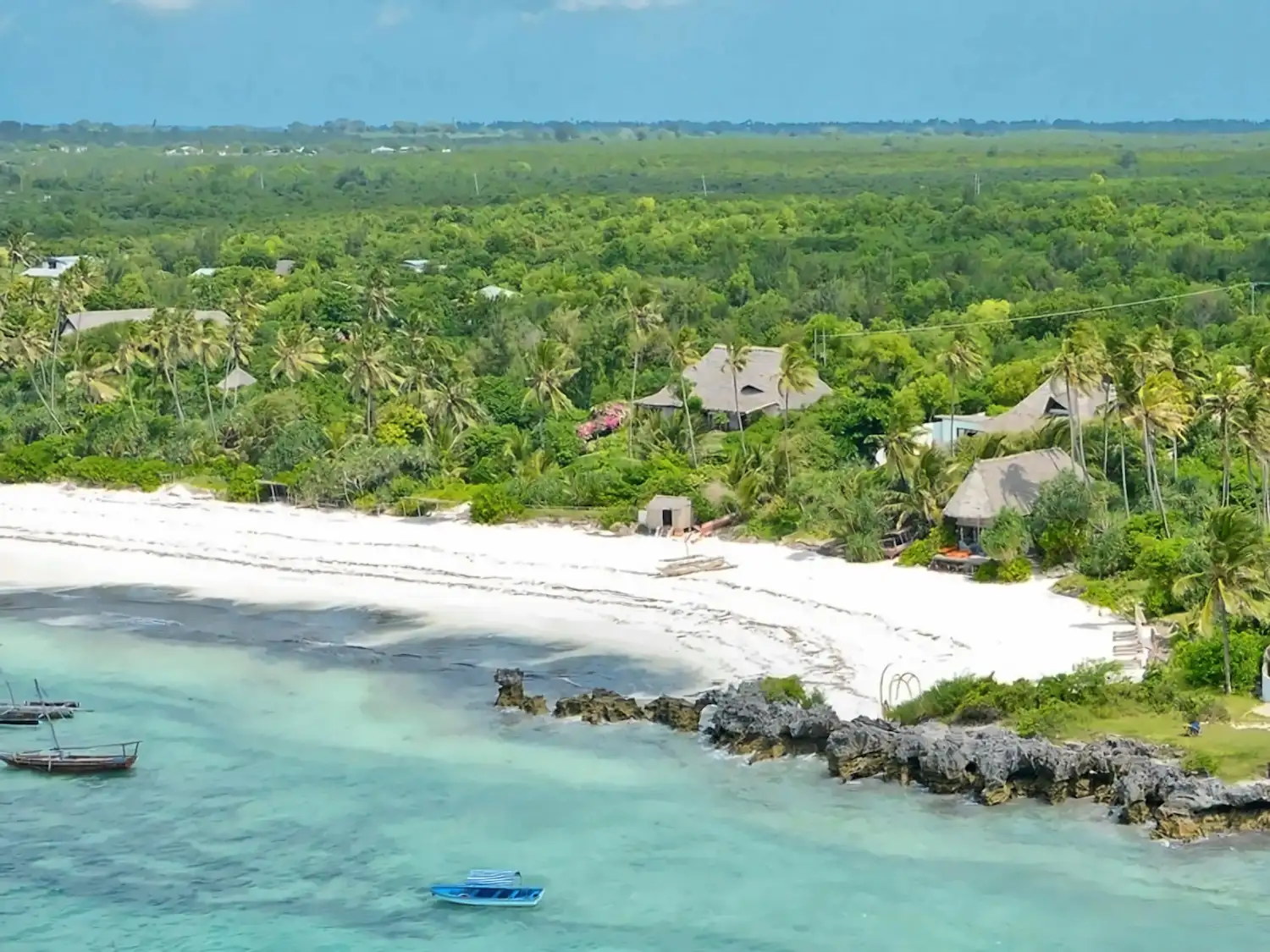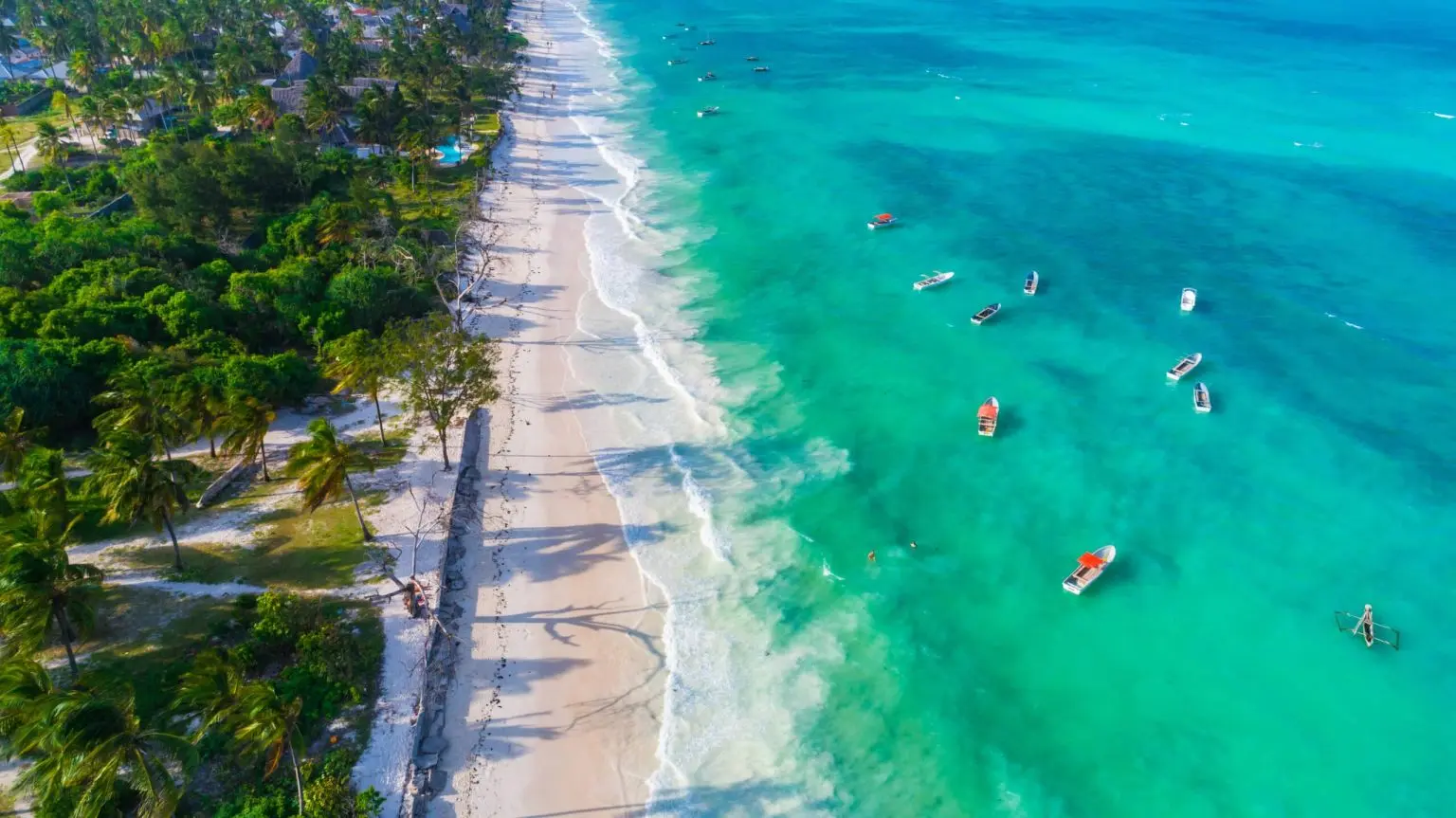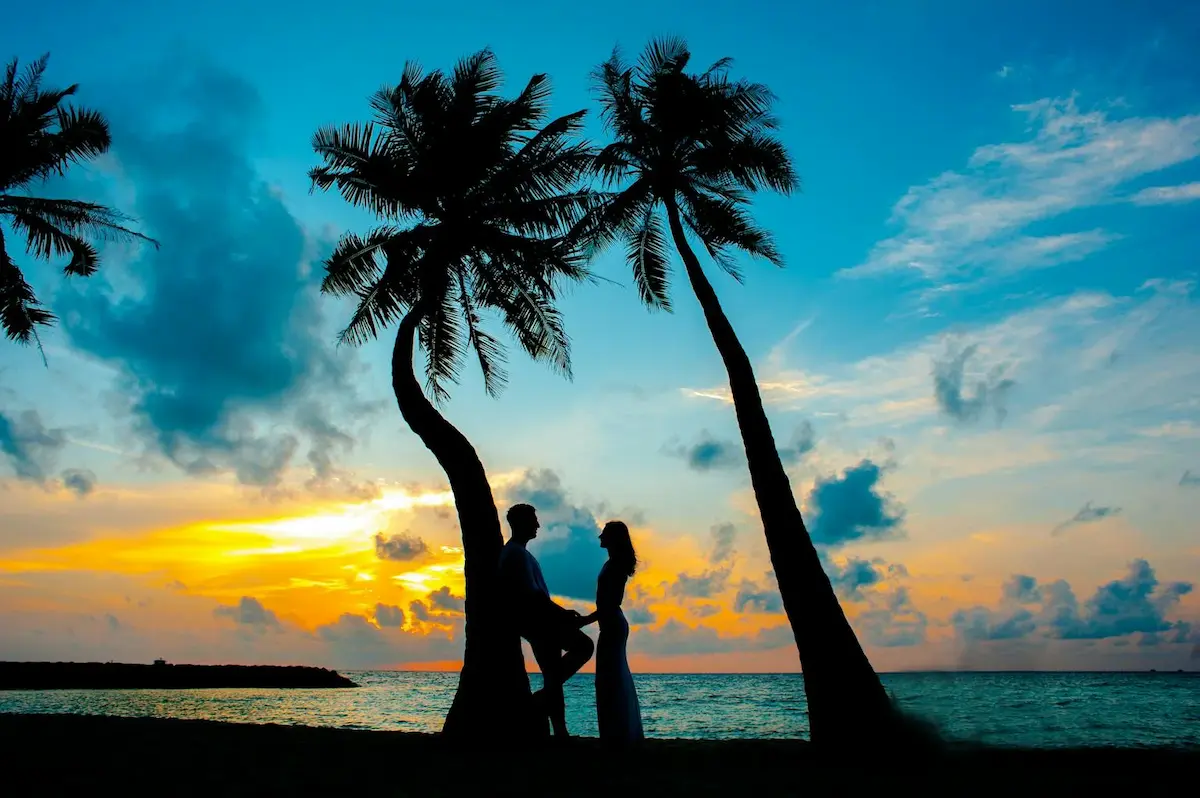Big Q&A: Straight Answers to Common Hotel Questions
How many nights in Stone Town vs beach?
One or two in Stone Town, then the rest on the beach. If you love cities, push to two. If you need the ocean fast, do one.
Which side for swim-anytime?
North (Kendwa/Nungwi) has the least tide drama. East/Southeast need tide timing — reward is lagoon color and room to breathe.
Is all-inclusive worth it?
With kids or if you love staying in: yes. If you’re café curious and like walking, half-board is usually smarter.
Can I get quiet in Kendwa/Nungwi?
Yes — pick properties at the calmer edges and ask for rooms away from bar speakers.
Where to base for Mnemba?
Matemwe. You’ll cut boat time and catch the clearer windows faster.
Best coast for kites?
Paje/Jambiani. Book lessons early; legs will ask for a rest day between sessions.
What about Wi-Fi for remote work?
Boutiques in Paje and Matemwe do fine. Carry a local SIM for hotspot backup. Ask for a room with a desk or a shaded veranda.
Do I need cash?
Carry small notes for cafés, taxis, and tips. Many hotels take cards; signal can wobble, so don’t rely on one method.
How early should I book sea-view?
For peak months and school holidays: as early as you can. Sea-view sells first across the island.
Are Stone Town lanes safe at night?
Use lit routes, walk together, and keep phones down. Ask staff for the best path back. Taxis for longer stretches.
Can I split stays across coasts?
Yes — it’s often better. Example: Stone Town → Matemwe (quiet reef) → Kendwa (sunset swims) or Stone Town → Paje (cafés/kites) → Michamvi (hideaway).
How do I handle late flights?
Book a named driver, tell the hotel your ETA, and keep a lightweight overnight kit in your carry-on in case your main bag lags.
